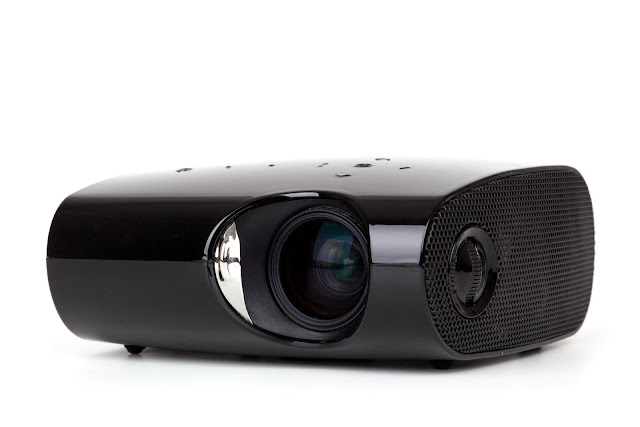Hello Everyone, Am Manjeet Singh and Today we will Discuss about Units Of Memory... So Let's Start...
Units of Memory:-The memory unit is the principal storage of the computer. All the data and instructions that the
computer needs at a moment are stored here. All storage devices are characterized with the following features:
1. Speed
2. Volatility
3. Access method
4. Portability
5. Cost and capacity
Linking Memory with the other units:
Basic Units of Measurement:
The components of the computer can recognize only two states that is presence or absence of an electrical signal. Two symbols used to represent these two states are 0 and 1, and are known as BITS (an abbreviation for BInary DigiTS). 0 represents the absence of a signal, 1 represents the presence of a signal. A BIT is, therefore, the smallest unit of data in a computer and can either store a 0 or 1.
Since a single bit can store only one of the two values, there can possibly be only four unique combinations:
00 01 10 11
Bits are, therefore, combined together into larger units in order to hold greater range of values. BYTES are typically a sequence of eight bits put together to create a single computer alphabetical or numerical character. More often referred to in larger multiples, bytes may appear as
Kilobytes (1,024 bytes),
Megabytes (1,048,576 bytes),
GigaBytes (1,073,741,824),
TeraBytes (approx. 1,099,511,000,000 bytes), or PetaBytes (approx. 1,125,899,900,000,000 bytes).
Bytes are used to quantify the amount of data digitally stored (on disks, tapes) or transmitted
(over the internet), and are also used to measure the memory and document size.
Types of memory:-
Computers use several different types of memory. They are:
1. Main Memory/Primary Memory units:
– Two most important are
• RAM (Random Access Memory)
• ROM (Read-only Memory)
– They work in different ways and perform distinct functions
– CPU Registers
– Cache Memory
2. Secondary Memory/Auxiliary Memory:
Also termed as ‘auxiliary’ or ‘backup’ storage, it is typically used as a supplement to main storage. It is much cheaper than the main storage and stores large amount of data and instructions permanently. Hardware devices like magnetic tapes, Floppy Disk,
Hard Disk, Optical disks, Compact Disk (CD), Digital Versatile Disk (DVD) and Blu-ray Disc (BD) fall under this category.
Computer’s memory can be classified into two types – RAM and ROM.
RAM or Random Access Memory:
It is the central storage unit in a computer system. It is the place in a computer where the operating system, application programs and the data in current use are kept temporarily so that they can be accessed by the computer’s processor. The more RAM a computer has, the more data a computer can manipulate.
Random access memory, also called the Read/Write memory, is the temporary memory of a computer. It is said to be ‘volatile’ since its contents are accessible only as long as the computer is on. The contents of RAM are cleared once the computer is turned off.
ROM or Read Only Memory:
It is a special type of memory which can only be read and contents of which are not lost even when the computer is switched off. It typically contains manufacturer’s instructions. Among other things, ROM also stores an initial program called the ‘bootstrap loader’ whose function is to start the computer software operating, once the power is turned on.
If you satisfied with this information then like, comment and share this article with your friends. Thanks...








































